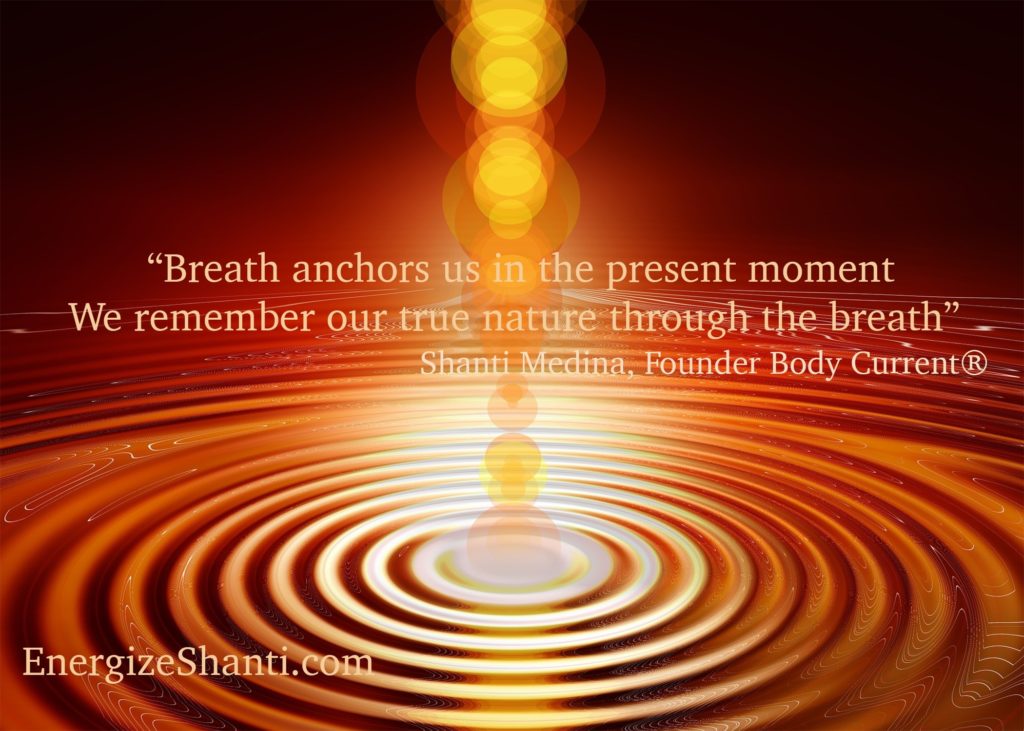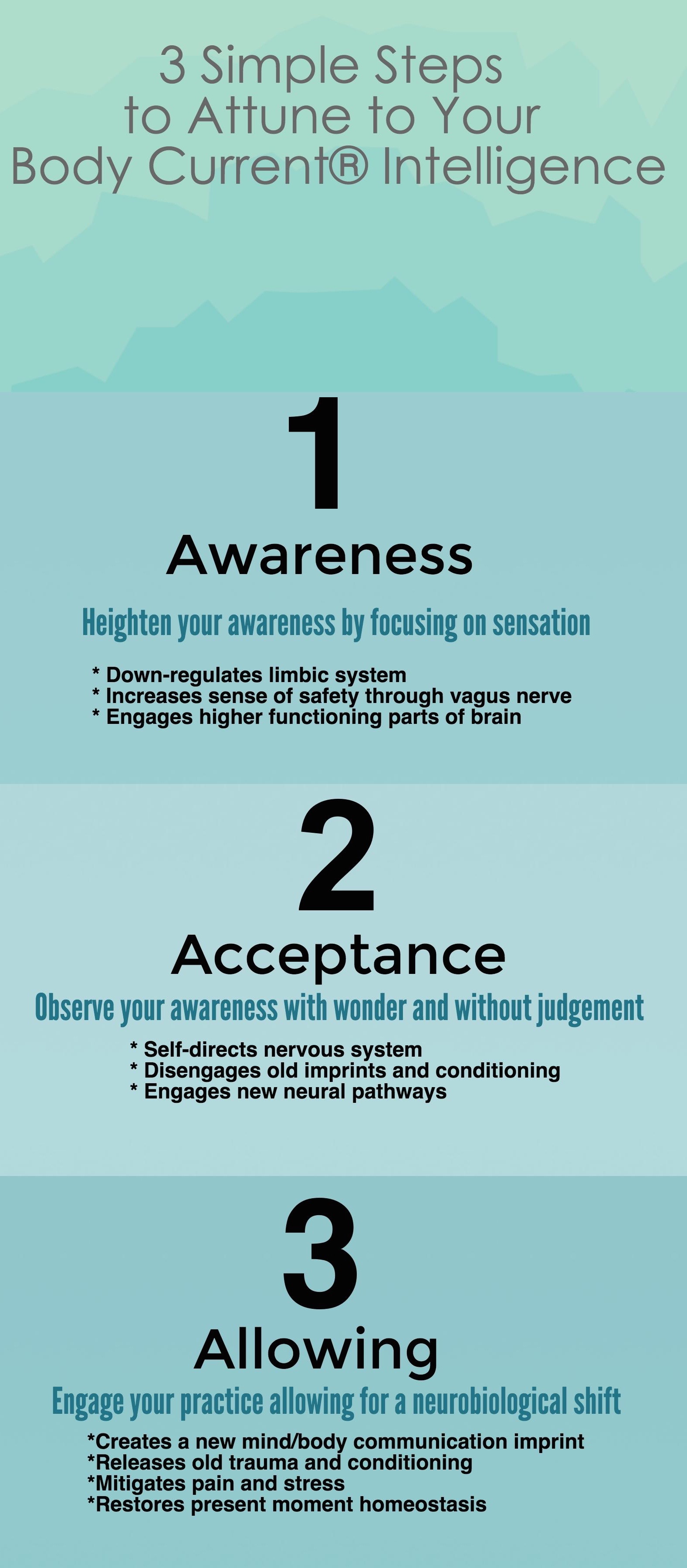Whether we are experiencing changes in the seasons or unexpected transitions in our lives, we often don’t feel in complete control of the changes in our outer environment. During these times, more than ever, we are called upon to regulate and self-direct our inner environment as we adjust to the shifts and uncertainty arising in our outer environment. The breath is a simple tool we can use anytime and anyplace to reduce stress and regulate our emotional response to the moment.
Although this breathing practice is simple, do not underestimate it’s potency as it entrains our body, brain and breath to center our heart and align to the moment.
A recent New York Times article shares,
“Consciously changing the way you breathe appears to send a signal to the brain to adjust the parasympathetic branch of the nervous system, which can slow heart rate and digestion and promote feelings of calm as well as the sympathetic system, which controls the release of stress hormones like cortisol.”
Read the full article here: Breathe, Exhale, Repeat: The Benefits of Controlled Breathing: The New York Times.
Simple Heart Centering Practice:
- Find a comfortable seated or standing position in a place where you feel safe. Give yourself permission to carve out 3-5 minutes to experience this practice. Before you begin, notice your outer environment noting your immediate comfort, needs and safety are being met in this very moment.
- Clasp your hands with your palms facing up.
- Heighten your awareness of the moment for the next 3-5 minutes, curiously accept all arising sensations and thoughts and allow for an experience of life moving through you ( body, brain and breath) rather than happening to you.
- Direct your awareness to your breath engaging a slow, smooth wave-like current of breath. Take a few breath cycles noticing the cadence and quality of your breath. Try inhaling through your nose and exhaling through rounded lips like you are blowing out a candle for this practice.
- Keeping your shoulders relaxed down and tongue behind the top row of teeth to unhinge the jaw, inhale slowly bringing your clasped palms from the pelvic floor up to your heart with elbows pointing out to the side. Exhaling, turn the clasped palms away from you and press them forward releasing all the air out of your body through rounded lips. Feel free to round your back and tuck your chin into a “cat” position in the spine as you gently squeeze out the exhale. Inhaling, reach your heart forward, chin relaxed behind your heart, as you return your clasped palms back toward your heart touching them at your heart center when you reach the top of the inhale. Exhaling, return the clasped palms back down toward the earth to rest on your lap as you complete your exhale. Repeat.
- Link and sync your slow movements with your inhales and exhales, so each movement matches the duration of your inhale and exhale. Perhaps layer in an intention or imagine what you are choosing to receive with each inhale and what you are releasing with each exhale. You can even explore adding a color, texture or vibration to your intention.
- When you feel complete or reached the 3-5 minute time, allow your palms to rest on your lap or at your heart.
- Take a few breath cycles to notice the cadence and quality of your breath upon completing the practice. Notice the shifts you created, perhaps subtle or obvious, in your body. Do you notice a change in the quality of your breath? Is there a shift in the calmness of your mind? Can you feel, or even imagine, a pounding or tingling in the center of your heart? Can you exhale and gently release any stray stressful thoughts or tension to center, even more deeply, around the energy you just created in your heart center?
How and Why it Works:
The Body Current Heart Centering practice invites us to move energy out of and into our heart center while releasing stress-related imprints from our neurobiology. Neuroscience has show us over the years that the body and brain respond to stress by preparing to fight, flee or freeze and that response needs to be completed in order for the brain and body to return to a state of homeostasis, or stability. In fact a recent Neuroscience News article, Rhythm of Breathing Affects Memory and Fear, reports from a new study that the rhythm of our breathing can influence neural activity that enhances memory recall and emotional judgement.
Once this chain of stress hormones and neurotransmitters is released, the brain and body move into a stress response sending vital resources from our midline toward our periphery signaling a warning to the body and brain that it must prepare to create safety in an unsafe situation. When the muscles, flooded with hormones, and the brain, in full limbic activity, do not complete a stress response, stress-related illnesses and even chronic pain from the contracted muscles can take root to form neurological imprints. This simple Heart Centering practice supports resolving stress response imprints from our neurobiology.
Body Current Application at a Glance
Deepen with a Video Practice:
For those of you who prefer to do this along with me, we now have an on-demand video of this practice with a short explanation of the how and why it works, on the Neurosculpting Institute website Learning Store at this link: Body Current® Heart Centering Practice.
This 18 minute video is a hands-on tool to understand how the physical body imprints experiences and impressions into the neurobiology and how the breath and embodied movement is a resource to immediately begin to release old imprints and create new neural grooves. Experience a shift by self-directing your nervous system through a simple 8 minute heart centering practice to ignite the abiding intelligence of the heart by witnessing and releasing old imprints and conditioning no longer serving while opening up to our fullest expression in living our heartfelt intention.
More about Shanti:



